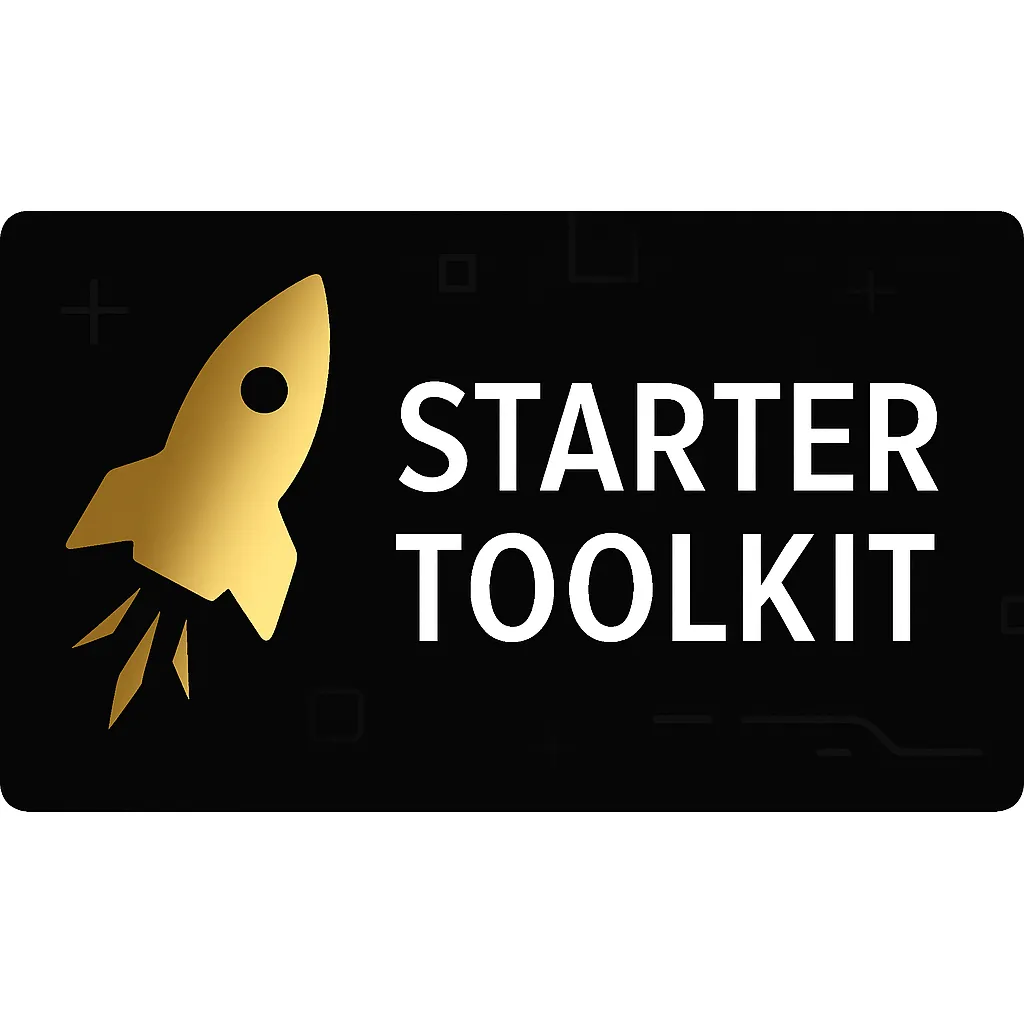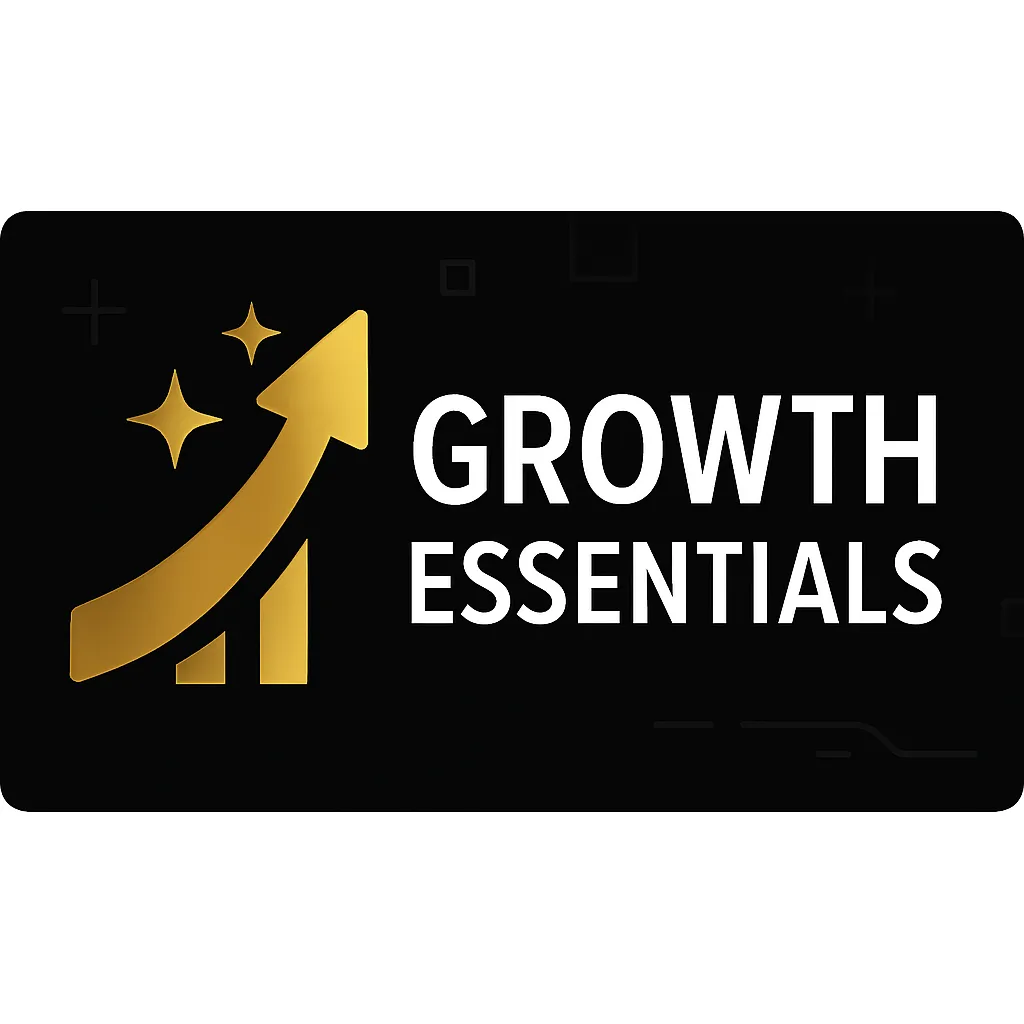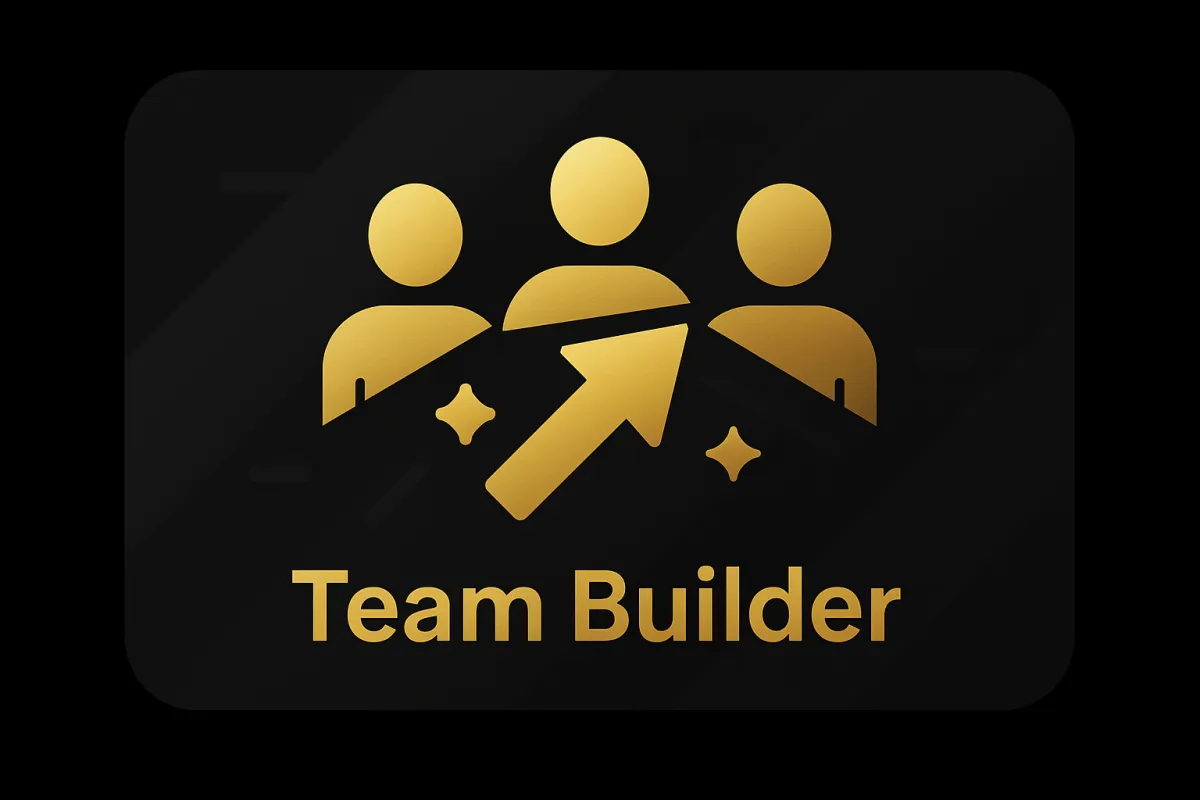Business Models Explained: How to Choose the Right Model for Your Startup
Your business model is the foundation of startup success — get it right, and everything else can fall into place. This guide breaks down popular business models, shows you how to use tools like the Business Model Canvas, and helps you choose the model that fits your vision. Learn how to build smarter from day one with real examples and practical strategies.
Why Every Entrepreneur Needs the Right Business Model
More Than an Idea—You Need a System That Works
I’ve seen hundreds of students and early-stage founders light up when they describe their business idea—but then freeze when I ask, “How does it make money?” That pause says everything. A great idea is only the beginning. What turns it into a viable business is the business model that supports it.
Your business model is the blueprint for how you create value, deliver it to customers, and capture value in return. In plain language: it’s how your startup works. It answers the core questions every entrepreneur must face: Who is your customer? What are you offering them? How do you reach them? What do they pay for? And how do you turn that into a repeatable, scalable, and sustainable business?
A good business model doesn’t just help you build—it helps you test, pivot, and improve. It turns your vision into something tangible. And most importantly, it gives you a way to learn before you spend too much.
In this article, we’ll explore how to define and refine your business model using two powerful tools—the Business Model Canvas and the Lean Canvas. These are not business models themselves; they are templates that help entrepreneurs diagram, clarify, and test their business model assumptions. We’ll go deeper into how these canvases function in both academic and consulting settings, and then we’ll look at common types of business models you can deploy—from subscription-based to marketplace to freemium business models. Finally, we’ll explore real-world examples of how choosing the right business model—and understanding it deeply—can become your competitive edge.
Understanding the Business Model Canvas: Diagramming Your Business Plan
A Tool for Structure and Clarity
In my entrepreneurship classes, I often introduce the Business Model Canvas early on—sometimes in week one. Why? Because students need a structured way to think through the moving parts of their idea. They’re often overwhelmed with questions: Do I need a team? How do I make money? What about marketing? The BMC gives them a single page where all those pieces begin to connect.
The Business Model Canvas, created by Alexander Osterwalder, breaks a business model into nine core components:
Customer Segments – Who are your customers?
Value Propositions – What unique value do you offer them?
Channels – How do you deliver your product or service?
Customer Relationships – How do you acquire, retain, and grow your customers?
Revenue Streams – How do you earn money from each customer segment?
Key Resources – What assets (people, intellectual property, money) do you need?
Key Activities – What do you do every day to deliver value?
Key Partnerships – Who helps you deliver value or reach customers?
Cost Structure – What are your major costs, and what drives them?
I often describe it like this: the Business Model Canvas is a diagnostic tool. It doesn’t give you the answers, but it helps you ask the right questions—and see how your answers align. It’s especially powerful in academic settings because it supports both theoretical learning and applied practice. I’ve seen students go from vague ideas to pitch-ready ventures just by working through each section with depth and intention.

Real-World Classroom Example
One of my students wanted to launch a mobile smoothie cart. Her idea was solid, but once she completed the BMC, she realized her revenue streams didn’t cover her cost structure unless she found a lower-cost supplier or increased customer traffic. She wasn’t discouraged—she was enlightened. That clarity gave her the confidence to pivot, reprice, and ultimately move forward with a stronger plan.
The lesson? A business model isn’t a set-in-stone prediction—it’s a system you build and then pressure-test.
The Lean Canvas: Real-World Strategy for Rapid Testing
A Consulting-Focused Tool for Early-Stage Startups
Where the Business Model Canvas is ideal for structured classroom learning and holistic planning, the Lean Canvas was built with speed, risk, and validation in mind. Created by Ash Maurya, the Lean Canvas is a reimagined version of the BMC, designed specifically for early-stage startups and consultants who need to help clients test business ideas in fast-moving markets..
The Lean Canvas takes a similar one-page visual format but shifts the focus. It replaces four of the BMC blocks to zero in on what matters most in high-risk environments:
Problem: What are the top 1–3 problems your customer faces?
Solution: What is your proposed MVP to solve them?
Key Metrics: What numbers will you track to measure progress?
Unfair Advantage: What do you have that cannot easily be copied or bought?
The Lean Canvas still includes Customer Segments, Channels, Revenue Streams, and Cost Structure, but the orientation is entirely different. It’s not just about building a model—it’s about identifying the riskiest assumptions and testing them as quickly as possible.
How I Use the Lean Canvas in Coaching and Consulting
When I work with entrepreneurs outside the classroom—especially in startup accelerators or one-on-one consulting—I almost always start with the Lean Canvas. It cuts through the fluff. It brings focus to the customer’s pain. And it forces my clients to talk to real users before they build a product, sign a lease, or launch a website.
One founder I coached was planning a custom fitness gear subscription. Through the Lean Canvas, we discovered her target audience didn’t trust curated gear—they preferred choosing their own. This changed her entire value proposition from “We send it for you” to “We help you choose.” That shift was only visible because we focused on problems first, not features.
Mindset: Speed, Feedback, and Focus
What I love about the Lean Canvas is that it promotes a different kind of entrepreneurial mindset. It’s not about planning for six months and hoping the market is there. It’s about launching a minimum viable version of your idea, getting feedback, and adjusting in real time.
That’s what real-world entrepreneurship looks like. It’s messy. It’s dynamic. But with the right tool in hand—and a willingness to test your assumptions—you can move fast and build smarter.
Common Business Model Types and How to Choose One
Your Model Is a Strategic Choice
After you’ve used a tool like the BMC or Lean Canvas to diagram your idea, you still have to make one of the most strategic decisions in your startup journey: What kind of business model fits your solution, your customer, and your market environment?
Choosing the right model isn’t about copying what others have done. It’s about aligning your model with how your customers experience the problem—and how they want to solve it.
Let’s look at a few common types of business models that I often walk through with students and coaching clients:
Exploring Niche Models: Franchise, Razor, and Advertising Business Models
Some business models don’t get as much attention in tech circles but are foundational in other industries. Three worth understanding include:
Franchise Model
In a franchise model, you replicate a proven business system under a licensed brand. Think McDonald’s, Subway, or Anytime Fitness. As a franchisee, you pay initial fees and ongoing royalties for the right to use the franchise’s name, system, and support structure. This type of business is especially appealing to first-time entrepreneurs who want to minimize startup risk by leveraging an existing customer base and operating model.
Razor-and-Blades Model
This model sells a core product at a low price (sometimes at a loss) and generates profit through recurring purchases of complementary products. The classic example is Gillette: cheap razors, expensive replacement blades. Today, companies like Keurig and HP use the same structure with coffee pods and printer ink. It’s a powerful model for building long-term customer value—but it depends heavily on product lock-in and brand loyalty.
Advertising Business Model
This model delivers a product or service to users for free and generates revenue by selling advertising space. Facebook, YouTube, and most online news sites run on this model. The key is audience scale. You need high traffic and deep engagement to make it work—and must carefully balance ad load so you don’t drive your audience away.
Chose the right Business Model: Other Models include:
Subscription Model
Customers pay a recurring fee for access to a product or service—monthly, quarterly, or annually. Think Netflix, Spotify, or meal delivery kits like Blue Apron. This model works best when your product delivers ongoing value and builds customer habits. But churn is the enemy—you have to keep delivering value to keep them engaged.
Marketplace Model
You connect buyers and sellers and take a commission from each transaction. Uber, Airbnb, and Etsy are textbook examples. The key is scale: your value grows as more users join each side of the platform. But early traction is difficult—you need enough supply and demand to create meaningful exchange.
Freemium Model
You offer a basic product for free, with paid upgrades or premium features. Dropbox, Zoom, and LinkedIn all use this model. It works well for digital tools but requires a large user base and a smart conversion funnel to sustain revenue.
Direct-to-Consumer (DTC) Model
You manufacture and sell directly to the end customer, cutting out the middleman. Think Warby Parker, Allbirds, or Glossier. This model provides greater margin control and brand intimacy, but you must own every part of the customer journey—logistics, fulfillment, marketing, and support.
Example: The Disruption Power of the Right Business Model
Netflix didn’t invent watching movies at home—Blockbuster had already won that game. But Netflix won the future because it changed the business model. Instead of late fees, they offered convenience and simplicity through a subscription. Then they innovated again by shifting to streaming, transforming not just how we watch but how media is made.
That’s the power of choosing the right model. It’s not just a framework—it’s a competitive strategy.
Building and Growing a Loyal Customer Base
No matter which type of business model you choose, everything depends on your ability to attract and keep a loyal customer base. Your revenue streams, pricing strategies, and growth trajectory are all tied to this foundation.
Great business models are built not just on a product or service, but on the relationship you create with your customers. Subscription businesses thrive because of recurring trust. Freemium businesses scale because of user advocacy. Even franchise and advertising models succeed because customers return again and again.
Ask yourself:
Who is your ideal customer?
What is their pain point?
What keeps them coming back?
Your business model should be more than a spreadsheet—it should be a story of how you’ll consistently create value for real people.
Final Thoughts: Business Models Are Living, Breathing Systems
A business model isn’t something you write once and file away. It’s something you revisit constantly. It grows and evolves as you gain experience, learn from your customers, and respond to market shifts.
The best entrepreneurs I know don’t just fall in love with their product—they fall in love with how their business works. They study it. Refine it. And adapt it to create more value, more efficiently, over time.
Whether you’re teaching students, coaching founders, or building your own venture, remember this: your business model is more than a chart. It’s a tool for clarity, a mechanism for growth, and a reflection of how well you understand the people you serve.
That’s the heart of entrepreneurship—and the foundation of every business that works.
The Entrepreneurship Essentials OER Textbook
Who This Resource Is For
First-generation college students
Working adults returning to school
Teachers and mentors looking for curriculum
Self-starters who want a roadmap
How to Use It in Classrooms, Accelerators, or on Your Own
This book can support:
Guided classroom lessons
Online learning platforms
Self-paced exploration
Business incubators and student pitch competitions
Every chapter includes practical tools, discussion prompts, and real-world case studies.
Start Your Journey with the Entrepreneurship Essentials OER Textbook
Small Call to Action Headline
The Entrepreneurship Essentials OER Textbook is just the beginning. The full Entrepreneurship Essentials curriculum offers:
Detailed chapters
Skill-building exercises
Ethical case studies
Pitch practice tools
Read the Deep-Dive Articles in This Series
Want to learn more?
[The Entrepreneurial Mindset: Traits That Drive Startup Success]
[How to Fund Your Startup: From Bootstrapping to Venture Capital]
[Ethics in Entrepreneurship: Why Values Matter in Business]
Download the Free Entrepreneurship Essentials Textbook or View Online
Entrepreneurship Essentials Textbook
OER Entrepreneurship Essentials Textbook

What is the first step in turning a vision into a real busWhy is choosing the right business model so important for startups?iness?
Your business model shapes how you create, deliver, and capture value — it’s the blueprint for success. The right model helps you align your idea with market needs, generate revenue, and build a scalable, sustainable venture.

How does the entrepreneurial mindset help you move from idea to lHow do I know if my business model is right?aunch?
You’ll know you’re on the right track when your model solves a real customer problem, makes financial sense, and can adapt as you grow. Validation through customer feedback and testing is key.

What are the most common types of business models for startups?
Some of the most popular include subscription models, marketplaces, freemium models, direct sales, and service-based models. The best choice depends on your product, audience, and goals.

How does the Business Model Canvas help entrepreneurs?
The Business Model Canvas helps you visualize, test, and refine your business model. It makes complex ideas simple, so you can see how all the parts of your business fit together — and where you need to focus.

Can I change my business model after I launch?
Absolutely — in fact, many successful startups pivot or refine their models based on what they learn in the market. Flexibility and continuous learning are critical to long-term success.

What’s the biggest mistake entrepreneurs make when choosing a business model?
The biggest mistake is choosing a model that excites you but doesn’t fit your customers’ needs or how they want to buy. A great business model starts with the customer, not just the idea.

How can I test my business model before investing too much?
Start small: build prototypes, talk to customers, and run pilot programs. The sooner you test, the sooner you can refine your model and avoid costly missteps.

What role does innovation play in selecting a business model?
Innovation isn’t just about your product — it’s about how you deliver value in ways that set you apart. A fresh, well-designed business model can be as powerful as the idea itself.

Ready to take the first step?
Join Our COMMUNITY
We all have different paths to success, some have achieved it and some have just taken the first step.
True Entrepreneurship:
Creating Value For Others
Watson is a leading speaker on entrepreneurship and education. His motivational lectures on modern learning technologies, assessment, and the engaged learner experience have inspired today’s learner and challenged educators to update their approach to teaching.
Dr. Greg Watson is a serial entrepreneur and retired professor of entrepreneurship and former director of the center for teaching and learning. As co-chair of the #5 ranked Entrepreneurship New Venture Development program – he lead a mentor team overseeing student entrepreneurial ventures from the ideation stage to value proposition to validation to launch. With an emphasis on the entrepreneurial mindset and entrepreneurial spirit Greg helps you discover that dream.
“You didn’t learn to ride a bike in a workshop” (Sandler) – finding the right entrepreneurial mentor, training, program or entrepreneurship course is often the difference between success and failure.

Copyright© 2025 Entrepreneurship Essentials. All Rights Reserved













